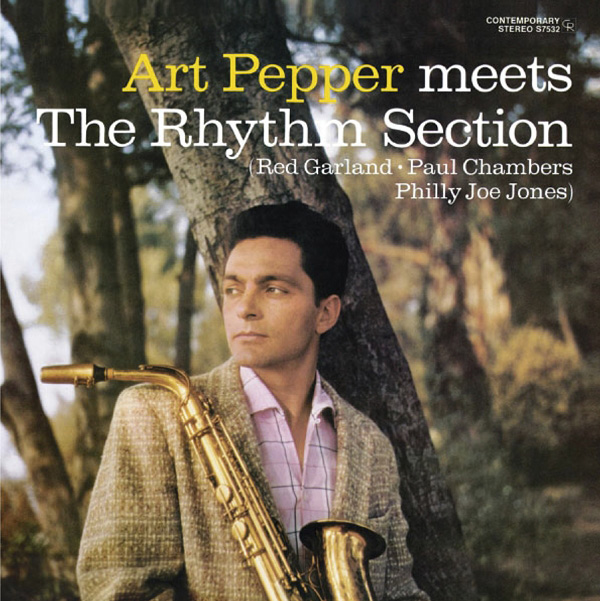
Art Pepper, Art Pepper meets The Rhythm Section, Original Jazz Classics, 16/44.1 via Qobuz
Jazz • 10 Tracks • 50m 45s
My classical jazz collection includes many Art Pepper albums. This one is fabulous. I have it on a vinyl re-release (mastered from the original analog tapes), as well as DSD-64. I also listen to it through my Qobuz streaming service with 16/44.1 sampling. They all sound somewhat different, and all sound terrific.
Pepper’s skills on his alto sax are incredible. If you have a streaming service, try this one out. Even if you are not a classical jazz fan, you will enjoy this album.
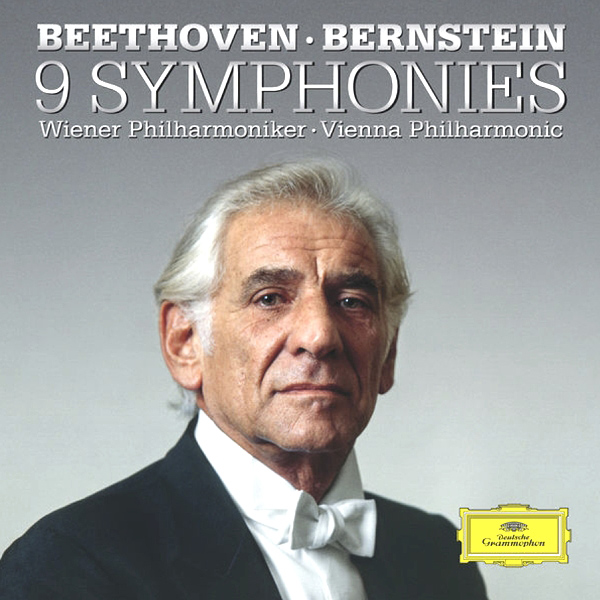
Leonard Bernstein – Vienna Philharmonic Orchestra, Beethoven 9 Symphonies, Deutsche Grammophon, 24/192 via Qobuz
Classical Symphonies • 38 Tracks • 06h 06m 08s
Leonard Bernstein (August 25, 1918 – October 14, 1990) is a National Treasure. He was a composer, conductor, as well as an author.
Secrets Sponsor
This collection of Beethoven’s nine symphonies is a masterpiece.
It is available on vinyl re-release (from the original analog master tapes) and digitally. I listen to the collection using Qobuz streaming, at 24/192 sampling.
Either way, these may be the best Beethoven performances, ever.
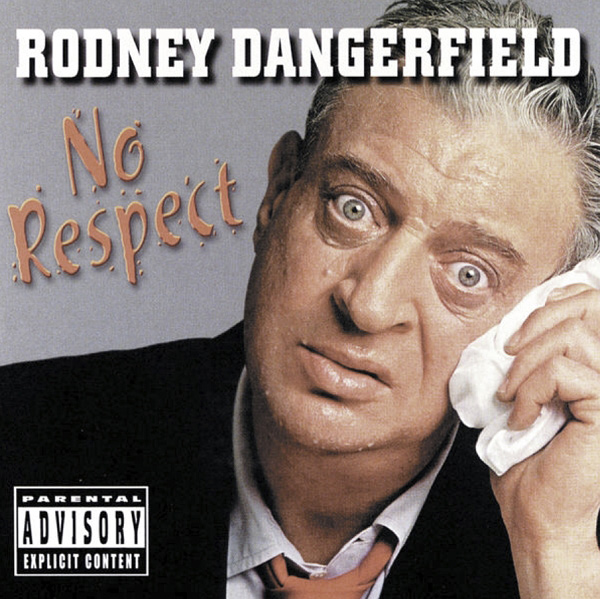
Rodney Dangerfield, No Respect, UME Special Products, 16/44.1 via Qobuz
Comedy • 2 Tracks • 41m 15s
This guy was one of the funniest comedians to ever exist. He was constantly a guest on late-night TV shows, in particular, The Tonight Show with Johnny Carson.
In those days, there was no allowance for “Explicit Content” on TV, not that there is much more tolerance now, but cable/satellite TV does have channels that are full of it.
Anyway, I stumbled across this old album on Qobuz streaming, and I was reminded of how good Rodney Dangerfield was at making us laugh.
If you like to have non-stop hilarity for 41 minutes, stream this album, but take care with young children. On the other hand, your kids might have to explain the punch lines to you.

Architects, All Our Gods Have Abandoned Us, Epitaph Records, 2016, Digital
Online Sample of “Gone With The Wind”
Architects are a British metalcore band from Brighton, East Sussex, formed in 2004 by twin brothers Dan and Tom Searle. My favorite song from them is “Gone With The Wind” because it has such a strong and powerful meaning. The back story is soon after the release of their seventh album “All Our Gods Have Abandoned Us” in 2016, guitarist and principal songwriter Tom Searle died after three years of living with skin cancer.
He had battled melanoma skin cancer and was once declared cancer-free in 2013, however, it returned and he died at age 28. Known for there complex rifts and hard-hitting sound, I recommend checking out the song “Doomsday” as well, which was the first released song after Tom Searle’s passing. Every song they put out has incredible emotion, sadness and desperation that bleed from every verse. It’s metal with a breath of fresh air and realness.

Vince Guaraldi Trio, Jazz Impressions of Black Orpheus, Fantasy Records, 16/44.1 via Qobuz
We all know the music of the iconic Charlie Brown TV specials as soon as those first few piano notes hit the air. Some may be less familiar with Vince Guaraldi, the jazz pianist, and composer of that famous music. While perhaps not as widely regarded or prolific as say, Bill Evans, Guaraldi’s particular flavor of Jazz is arguably more famous to a wider audience of people, in no small part thanks to Charles Schultz’s comic creations.
Jazz Impressions of Black Orpheus, originally released in 1962, was said to be Guaraldi’s breakout album, cementing his swinging piano stylings with aspects of Bossa Nova that was all the rage at the time. People will instantly recognize the sounds and rhythms of “Cast Your Fate to The Wind” and “Samba de Orfeu” as building blocks and whole cloth compositions that were used in those TV specials we grew up with and are still seen to this day. I discovered this album, and a fair bit of Guaraldi’s discography, on Qobuz. The CD-quality stream sounded clean and musical with a nice remastering that brought out all the distinctive elements of Vince Guaraldi’s Trio. Piano, drums and stand-up bass all get moments to shine with great renderings of each instrument, nicely placed in a moderately-wide soundstage. Superb stuff to listen to in general, and especially if you are feeling a little nostalgic.

Tom Waits, Small Change, Anti-Epitaph Records, 24/96 via Qobuz
I’ve had the original CD released on Asylum Records for years, and while I’ve always loved the music on Small Change, I never liked the sound quality of the CD. I always found it especially disappointing since the whole album was recorded live in-studio directly to 2-track tape by Bones Howe at Wally Heider Studios. It had all the makings of something that should sound way better on a shiny 5-inch disc.
I, therefore, am elated to say that this remastered version, supervised with Waits and part of a larger remastering of his back catalog, sounds so much improved! The soundstage is more expansive and Waits’ voice along with all the instrumentation are much clearer, with more detail and character coming through now. The old CD is so much flatter sounding by comparison, it’s really no contest. I’ve always dug that film-noir/skid-row vagabond thing that Tom Waits had going with this album. Beyond that though, it’s his voice, his songwriting, his humor along with the slight weirdness that just makes this album a favorite of mine. The track “Step Right Up” is just one of the best sounding things ever to me.

The Classic Film Scores of Bernard Herrmann featuring Citizen Cane, Vocalion Multi-Channel SACD
David Rich pegged me as a Bernard Herrmann fan in last moths What We Are Listening To installment, and he’s right. Especially since he was the one who introduced me to a number of Herrmann’s works beyond the ones that I may have been familiar with from his movie scoring work. I have the original RCA vinyl release of this album featuring Herrmann’s Citizen Kane score, along with his works from other films and it’s a great sounding recording to use when listing to turntables and cartridges.
This multi-channel SACD production from Vocalion takes the mixes that were done for the Quadraphonic album release in the 70s and remasters them for a modern surround release. And on a decent surround system, it sounds fantastic and completely enveloping. The nine harps that were used in the recording of the “Beneath The 12-Mile Reef” suite sound amazing in full surround, painting a great sweeping picture of water. On the other end, the depth and impact of the bass drums used throughout the “White Witch Doctor” suite is a good workout for your subwoofer. It’s powerful, expressive classical music of the highest order.
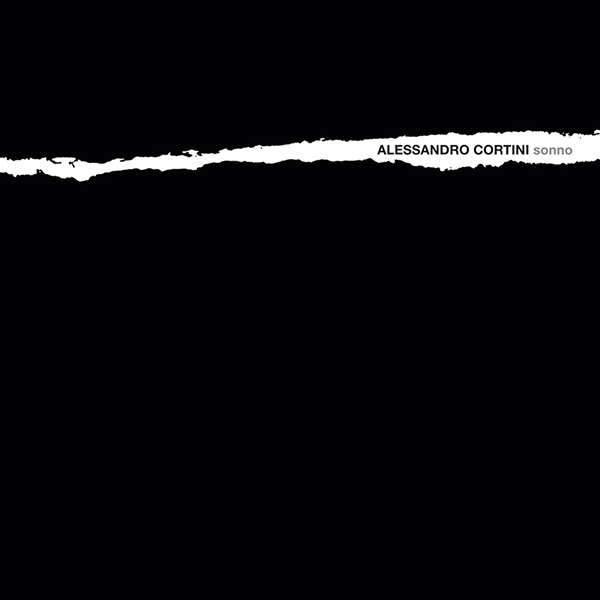
ALESSANDRO CORTINI, SONNO, Hospital Productions, hos-412, 2014, LP
Drone • Experimental • Ambient
Life on the road takes a toll on the body and mind, especially when sleep becomes more of an afterthought rather than a necessity. When there are not enough hours in a day, sleep seems to get in the way…… Even though I should be clutching my pillow at times like this, sleep continues to evade me; yet my sofa is my repose in the dark warmed by the heat of the amplifiers and subtle glow from its lights.
Secrets Sponsor
As the hands pass midnight, I drop the needle on Alessandro Cortini’s SONNO, aptly named sleep in Italian. Available initially as a limited release clear vinyl, it’s now widely available on vinyl, CD, and various streaming sites. Recorded during his touring as a keyboardist with Nine Inch Nails, Cortini delicately captures the auras of fatigue and sleeplessness. His music gently builds the dynamics of an ambient drone through a repeated sequence of unsteady, dreamy sounds created solely on Roland MC202 synthesizer. It’s a sonic call to the bleary and for eyes eluding light, recorded with an environmental scope reaching beyond the depths of the walls and the width of the room. It’s the perfect listen after midnight, in the dark, with the broken pattern of my shades from the streetlight on my wall. SONNO’s sound is warm and soft with moments of bright synth sawing through with dynamic clarity. It’s an honest reflection about the frailty of our days without rest and an aural juxtaposition of unease and quiescence.
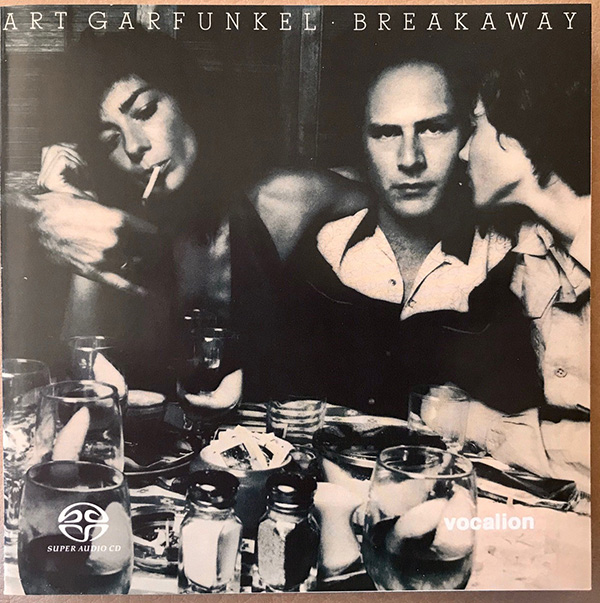
Art Garfunkel, Breakaway, Vocalion, Multi-Channel SACD
Though not as successful as Angel Claire, this album reached number seven in the charts and eventually went platinum and became Artie’s best selling album ever. This SACD by the British label Vocalion is spacious and clean. If you are a fan of Garfunkel, this is a must-have and having it in surround is just the icing on the cake. If I could sing like him, I surely would…but alas, I sing bass.
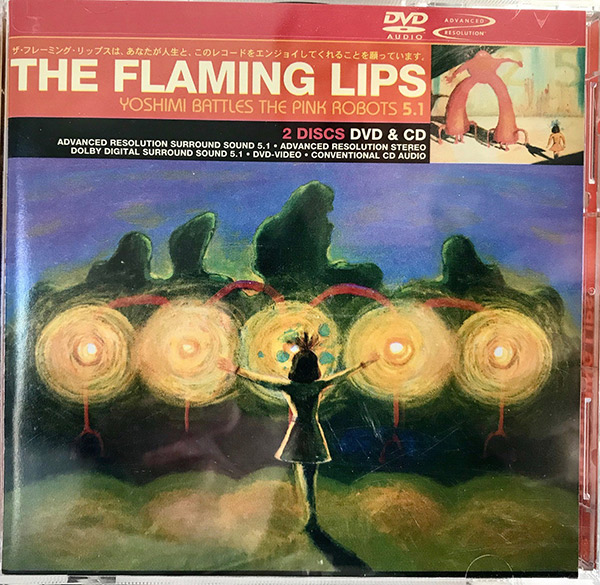
The Flaming Lips, Yoshimi Battles the Pink Robots, Warner Brothers, DVD Audio 5.1 surround
I took a leap of faith buying this disc. It’s far from the safety of classical music but is a surround sound tour-de-force. Wayne Coyne and company have a very eclectic style that is heavy in electronic sounds, acoustic instruments and pulse deep bass that make his music sound otherworldly, yet completely relatable.
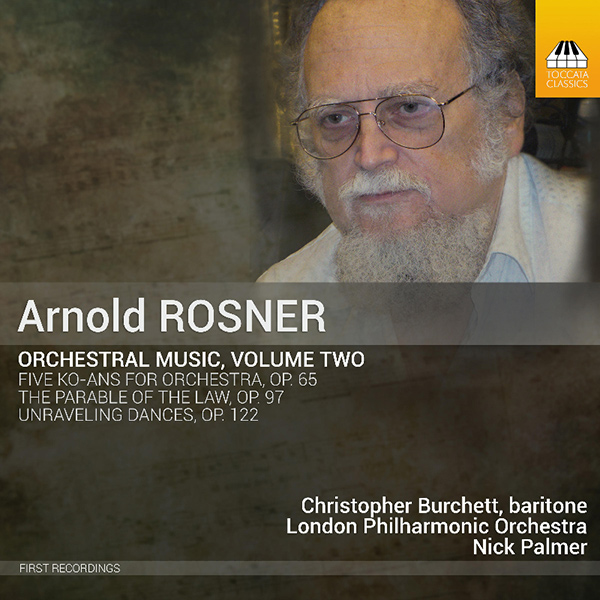
ARNOLD ROSNER Orchestral Music, Volume Two
Five Ko-ans for Orchestra; Unraveling Dances; The Parable of the Law. Nick Palmer conducting. Christopher Burchett baritone; London Philharmonic Orchestra; Walter Simmons Producer, Jonathan Allen recording engineer TOCCATA T0CC-0464, CD
Before CDs, repertoire outside the standard canon was rarely released by the large labels. I recall listening to the Philly classical station WFLN (long shut down and now playing rock) in the 80s and recognizing every piece
It was like getting to the end of the internet. Small specialist labels issued a wider range of compositional voices often with 3rd tier performers in bad sound to reduce production cost. Lots of luck finding them in the bins of the big record stores. Other pieces were circulated as copies of copies from radio broadcasts or pieces that never made it to LP. The sound was dreadful. Many of these have made it to YouTube.
When the CD hatched classical music listeners purchased them as fast as they could and they did not just want to replace the recording they had. Classical CD sales became a significant percentage of total CD sales. Suddenly recordings of interesting composers began appearing on CDs using good orchestras in great sound. BIS, Chandos, CPO, Delos, Naxos among others became the go-to labels. Recording companies that specialized in the recording of composers in one country such as Swedish Society wound up in the Tower records bins. Many of the long out of print American specialist labels material popped up came out of the ether on the Bay Cities and Citadel labels. Citadel is still around but stock is running out.
http://www.foothillrecords.com/citadel-classical.html
Citadel CDs provide many examples of the 50s and 60s reissues of American 20th-century tonal music. Many of them are long out of print but are cheap to find on Amazon and YouTube. They cannot be found on the new classical streaming sites outside the institutional (read expensive) lossy Naxos Music Library (NML) and may not be found even at that site.
CDs kept coming into the 90s then people had enough and it slowed down. Going into the 2010s new recordings of American tonal music dropped to one a month then none.
One composer who was unknown during the great CD boom of the 80s and 90s is getting their first recordings of new works in great sound and performances. It turns out he is one of the greatest of the Americans. Arnold Rosner (1945 – 2013) was in a Doctoral music program but could not graduate as all his tonal thesis compositions were rejected. He had to switch to a Musicology degree instead, picking Alan Hovhaness for his thesis.
The 1960s are the period of some of Arnold’s greatest works. The string quartet #4 of 1972 rivals the George Rochberg 3rd string quartet of the same year. The Rochberg 3rd was tonal music from a well-known composer using serialism. It heralded in the turn back to tonalism. Rochberg remains well known for this work and the tonal works that followed. Rosner was unknown and stayed that way. Much of his music remained unperformed and when it was performed it was badly done and recordings were not made.
Now with funding not listed on the label, we have a recording of Rosner’s groundbreaking works played by the great sight-reading London Philharmonic in the Abby Road studio. The sound is first class.
Arnold’s time has come very late but the timing is great. In 2019 no other American composer of the 20th century is getting any CDs. All the focus is on Rosner who, unfortunately, passed before he could see it. Much of the revival is a result of his friend Walter Simmons who is producing the series. His name will come up many times in these reviews and not just associated with Rosner.
The CD I have listed for this review contains what could be called a suite of 5 movements called Five Ko-Ans. This is abstract music so forget the title. Ko-Ans lack the thematic integration to be called a symphony but the movements are symphonic in depth and power. They are all easily learned with multiple hearings and once learned they are not forgotten. The third movement “Ostinato” would make a great encore piece with tremendous rhythmic drive and power with a motive that easily turns into an earworm. “Music of Stillness” follows which is so different but clearly related so the five movements are clearly one larger work. Each of the movements projects a different mood using different rhythmic meters and harmonization.
Arnold’s rhythmic devices are of the pre-baroque Arnold harmonies using pre-baroque modal polyphony. He layers 20th century tonal compositional technique on top of this. I grabbed that quick description from the site below. Bio, notes on most pieces, other research material, a discography, and full scores are on this site:
Harmonic progressions of Mozart and Beethoven are absent. Nothing else sounds like Rosner. Unlike many composers, think Walter Piston, his stylistic range is huge and no one work captures his range, The 5th and 6th symphonies could not be more different. Think the vast difference in the Vaughan Williams 5th and 6th of which Rosner approaches but not quite matches in quality with a very different voice. The Five Ko-Ans are a good entry point but only an entry.
A happy person Arnold was not and his vocal music and opera are on the darkest of settings. It is no surprise he would be drawn to Kafka. The vocal writing for Before the Law captures the text leading to the ultimate final line that will send you to Google to figure out what it is all about, not that you will find the answer.
The principle motive occurs on “the doorkeeper”. The antagonist of the man seeking the law. The orchestral writing matches the changing mood of the writing in a voice that could only be Rosner. Rosner’s orchestration is original and challenging to the players. Some sections of Roster’s works are unplayable by a lesser orchestra than the LSO.
The Unraveling Dances is Roster’s last orchestral work and it points to a new direction of his style. It is lighter, more easily digestible, then the works that surround it on this CD.
It has been a long time since we had a great recording of a great unknown composer in great quality sound. Relive the 80s. Get this CD.
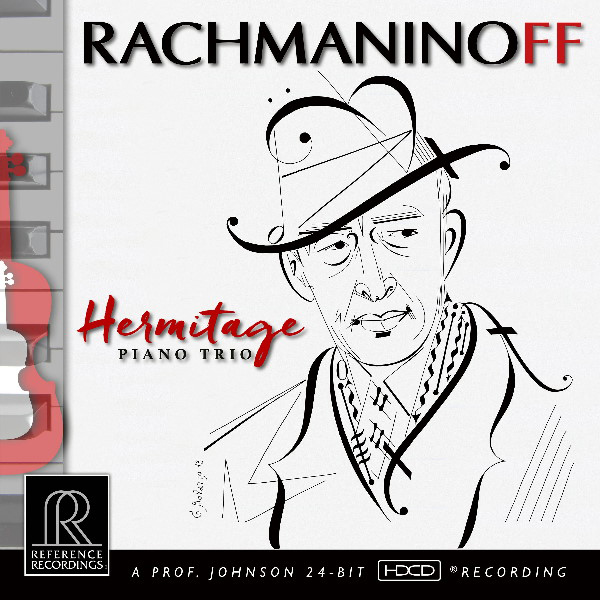
Rachmaninoff Piano Trios, Hermitage Piano Trio, Reference Recording RR-147, Producers Victor and Mariana Ledin, Keith Johnson & Sean Martin engineers, CD
These are early works by Rachmaninoff. The first piano trio is a single movement and sounds like a rehearsal for the huge 2nd piano trio. You will sometimes hear the first trio as an opening work in a concert. I have heard the second trio live only once and what an experience that was.
The reason you never hear the 2nd live is due to its huge running length of 44 minutes, going out to 50 minutes for this performance. Only one performance I know runs longer. On top of its length, the piano part is extraordinarily difficult as you would expect given the first performance had the composer on the bench. A YouTube video featuring the score running along with the music shows the almost unrelenting difficulties in all three parts.
https://www.youtube.com/watch?v=qkSPBZoZSjI
It is modeled after the equally huge Tchaikovsky piano trio which also shows up rarely. Come on trios stop programing the same 10 works all the time at your concerts! Program notes on the Rachmaninoff trio are at the URL below:
https://www.laphil.com/musicdb/pieces/4341/trio-elegiaque-no2-in-d-minor-op9
This is just a tiny drop about the work compared to the 14-page program notes (English only), that are complete with a two-page graphic showing the relationship between the early performers of this work and the Tchaikovsky Trio. You will not see the material if you stream it instead of purchase. I think this is part of the plan. Put huge money into the program book and you might sell more copies of the physical media.
The 1st movement takes on orchestral proportions at some point, indeed it has been expanded for Orchestra as Concerto Elegiaque in the 1990s (Chandos Nemi Jarvi) but it is best to listen first to the original. The movement never steps out of the bounds of a piano trio but gets close while at other times settling to almost nothing if the pianist is a true chamber musician.
The 2nd movement, theme, and variations are the core of the piece. The theme is one of the best in a Rachmaninoff slow movement. It is piano dominated with enough rests in the strings for them to get through a quick game of cards. When they do come in, the part-writing just tugs at the heart. Once you get to know this movement, it is impossible to forget. The 3rd movement is weak being almost totally piano dominated and when the strings come in it is during some of the weakest parts of the movement. To me, he should have cut out the whole 3rd movement and just did the short recapitulation of the 1st movement during the last two minutes.
Piano Trios are booked far less often than string quartets hence only a very few play as full-time organizations. The Beaux Art Trio toured for 50 years with little competition. Often a group is booked consisting of three well know soloists. They do a short tour and go back to their day jobs. This almost never works. A piano trio requires no less rehearsal time and a number of performances than a string quartet. Great music-making happens when it is the trio’s full-time job. In the age of the internet, it is easy to find out who is a real trio by looking at the touring schedule. The Rachmaninoff makes it easy to hear if the trio is full time. This dramatic work of huge contrasts requires the hands of the finest full-time piano trios. If the group has not played and studied the work over the years, its organic flow is lost.
A quick tour group playing this has the pianist demonstrating his huge skills as a soloist, playing loud and leaving the strings in the dust. The 2017 DGG release with Daniil Trifonov at the piano with Gidon Kremer and Giedre Dirvanauskaite shows how it can go wrong. Trifonov’s Rachmaninoff piano concertos are getting over the top reviews but he plays this if it was the concertos. The Beaux Art piano trio has held pride of place in this work since it was released although Isidore Cohen can get a little strident in the upper register during some of the violin’s difficult part-writing. This new performance by the full time, US-based, Hermitage Piano is very different than the Beaux Art with a run time 4 minutes longer but they make a strong case for the slower tempos. They can make it sound organic at these tempos because they toured the work a full year before going before the microphones.
At least 6 high-resolution recordings of the work exist but this is the only multichannel version I know of when purchased as a physical SACD. Unfortunately, Keith Johnson commits recording engineer malpractice and puts nothing in the center channel but hall echo. It is basically, what comes out the rears, but slightly lower level. The recording, as a result, is no closer to the sound of a live piano trio at about row 5 in a 100 person sized hall then the stereo. As a stereo recording, it is what one expects with modern recording equipment and skilled mic placement. It is the producers whose name should be on the first page of the brochure by allowing the young group, doing its first recording, to relax and produce a performance similar to what they may achieve live. The Hermitage Trio deserves to be on your radar screen.
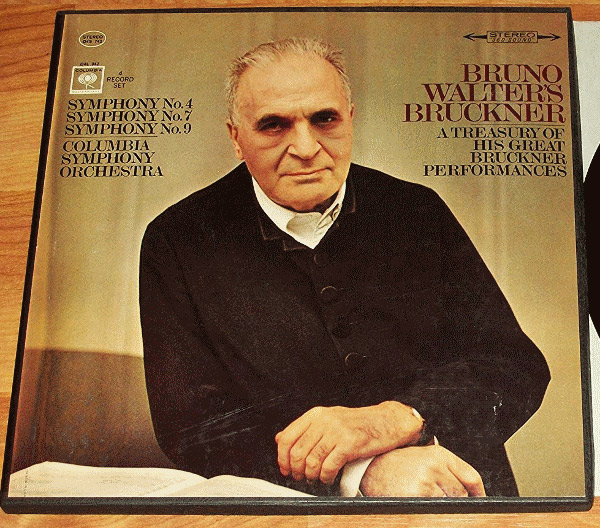
Bruckner Symphony no 4 in E flat major “Romantic” and Symphony no 9 in D minor, Bruno Walter Columbia Symphony Orchestra, Sony High Resolution remasters G010004074201Y and G010004094235 respectively. CD. Available www.prestomusic.com
The photo is not of my copy of the budget LP reissues. It looks like I gave my set away sometimes after I purchased the first CD remaster.
I have always been fond of these interpretations and picked up the first CD remaster as soon as it came out in 1985.
The Columbia Symphony Orchestra was a pick-up group of some of the best musicians in LA created just for Walter. They worked through most of the classical canon and the performances are far finer than would be expected from an orchestra like this. Some reviewers say the string section was much smaller than what Bruckner would have expected or what would be found in other modern recordings. I do not hear missing strings. The late 1950s Bruno Walter performances are slower than earlier Walter historical material, broadcast airchecks from the 1940s, which are some of the fastest Bruckner I have ever heard (a few are available on YouTube). Some cite a heart attack as the reason for the slower tempos.
In Henry Fogal’s review of a faster 1953 aircheck performance of Bruckner’s 9th, he writes:
“Bruckner has always seemed to me to be the one truly important composer whose music is completely dependent on the conductor if it is to make its effect”. Walter’s stereo Bruckner is characterized by an organic flow that maintains both the strength and lyricism found in only a few modern performances.
The sound was significantly improved in 1994 in a remastering by Bejun Mehta who is better known as a countertenor. A total of 34 individual CD boxes of the stereo recordings were issued at that time. The New York Times reviewed the set under the title “Revelations of Understated Mastery.” It gives a sense of Walters approach to music-making for the stereo recordings and spends a couple of paragraphs on the Bruckner:
www.nytimes.com/1996/06/16/arts/recordings-view-revelations-of-understated-mastery.html
The Walter stereo recording reappeared several times during this century in ever-increasing sized boxes containing almost all of the Walter recordings for CBS including the early mono ones. As far as I can tell the 1994 remastering was used for all the stereo segments of the big boxes. Now Sony has released the ultimate Walter box with 77 CDs at about $250. All of the CBS recordings are in this box including mono repeats with later stereo recordings which is why the box has two Bruckner 7th symphonies. Many think the Bruckner 8th is his best symphony but a Walter performance never made it to a commercial recording. For the stereo recording, a new mastering was done in high-resolution, down-sampled for CD. I was not about to pay $250 to replace most of the Bruno Walter stereo performances I already had.
To my surprise, a few of the new box remasters are available as high-resolution downloads but apparently only from Presto Music in the UK. Of the Bruckner, only 4th and 9th are available which is strange since the stereo 7th was recorded around the same time. The pricing is $13 for CD quality, $18 for 96 kbits/sec and $25 for 192 kbits/sec. I went for the 96k although I doubt it sounds better than the CD quality.
Sony made front-page news when it reissued the 1960s Bernstein Mahler cycle in 2009. The sound was dramatically transformed making it the clear choice over Bernstein’s later digital performances.
I had hoped the 3rd time around for the Walter recording would match the Bernstein Mahler transformation but it turns out to be a disappointment. Part of the reason may be the Bernstein Mahler was recorded in the 1960s and the sound of the Bernstein Mahler 2009 reissues improves on the later recordings sessions with better microphones, tape recorders, magnetic tape and Dolby noise reduction. Even at its most cleaned up the CBS sound is far from the sound RCA could put on an LP in the late 1950s.
Over time, I have found Walter’s stereo recording of Mahler (1, 2 and 9) along with Jascha Horenstein’s to get closer to Mahler’s intent. Walter worked with Mahler and gave the premiere of the 9th and Song of the Earth after Mahler’s death. I will get to Mahler in later columns.
Returning to these Bruckner downloads I have no question these are the masters with limited EQ since the hiss is up from the 1994 edition. I used Audacity editing software to compare the 1994 recording with the new downloads. I would have also looked at the LPs if I still had them. Using the spectrogram option, the new remasters have more bass and less upper midrange emphasis and a top-end extending a few kHz higher. The dynamic range is surprisingly reduced and some sections in the time domain do not appear to be of the same recording so different are the dynamics. Doing close comparisons on headphones I felt the new downloads may be slightly better but as I did the listening, I found myself more focused on the amazing playing of the pick-up orchestra and Walter’s conduction.
The remaster may be a clearer window but what you see is still a cloudy day. The brass, which is so essential to Bruckner, is tinny and lacks weight. String and woodwinds are better captured. Given the sound, I would go with the $13.00 CD quality which will bring you to $39.00 for the three symphonies (when #7 comes out). For one $1.00 more, you can get all 9. The Stanislaw Skrowaczewski performances with Saarbrücken Radio Symphony Orchestra are one excellent example. The Daniel Barenboim with the Staatskapelle Berlin is $6 more for a significantly different interpretation.
The web is the place to start for reviews of the Bruckner options but if you are seriously collecting classical music you want an online subscription of the US-based Fanfare Magazine archive at $40.00 per year which I prefer over the more famous British Gramophone Magazine:
http://fanfarearchive.com/amember/signup.php
The Walter Bruckner’s are very special to me but you may want to listen to them on a lossless classical streaming service to see if you find them special enough for you to purchase.
Presto also has new Sony high-resolution reissues of Bernstein and Szell. I sampled one of each and my reaction was similar to the Bruckner but I will have more to say in later months once I get them on Audacity. Whatever magic Sony used for the Bernstein Mahler 2009 reissues is not in the Presto high-resolution downloads, at least the limited sampling I purchased. Some Presto CBS downloads are first digital issues of music not recorded again, for example, two works by William Schuman, making those downloads must-haves.

Beethoven Symphony 6 “Pastoral” by The Academy of Ancient Music / Christopher Hogwood, CD
This is my favorite recording of this piece. I have (many) others, but this one speaks to me. I’ve given many of these specific discs to friends who “don’t know anything about classical music,” and have yet to meet a single one who didn’t really like this disc. Hogwood and the Ancient Music players seem to get to the spirit of the composition in my opinion.
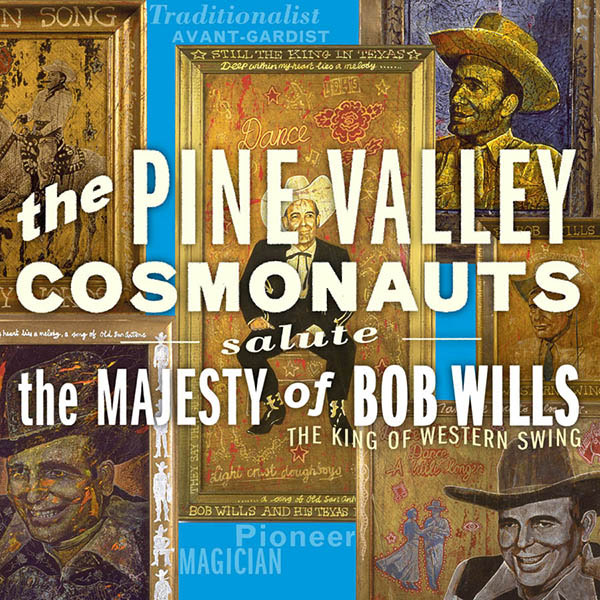
“Across the Alley from the Alamo” from “The Majesty of Bob Wills” by the Pine Valley Cosmonauts
On the far side of Western Swing from Beethoven, this “over the top” performance of “Across the Alley” by the Cosmonauts has such an infectious bass line that I tend to play it often just to see if any of the notes seem subdued or stick out. Just plain fun!
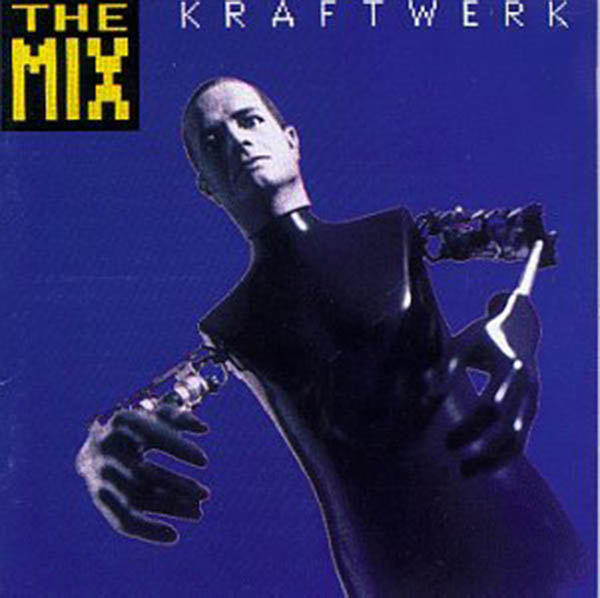
“Radioactivity” and “Musik Non Stop” from Kraftwerk’s “The Mix” CD
This whole disc has excellent music – sort of the precursor to Trance and a bunch of other genres. But the two tracks mentioned (particularly Radioactivity’s referenced incidents of Chernobyl, Harrisburg, Sellafield, and Hiroshima) seem particularly prescient in today’s increasingly turbulent times of helter-skelter nuclear proliferation and insane government leadership.
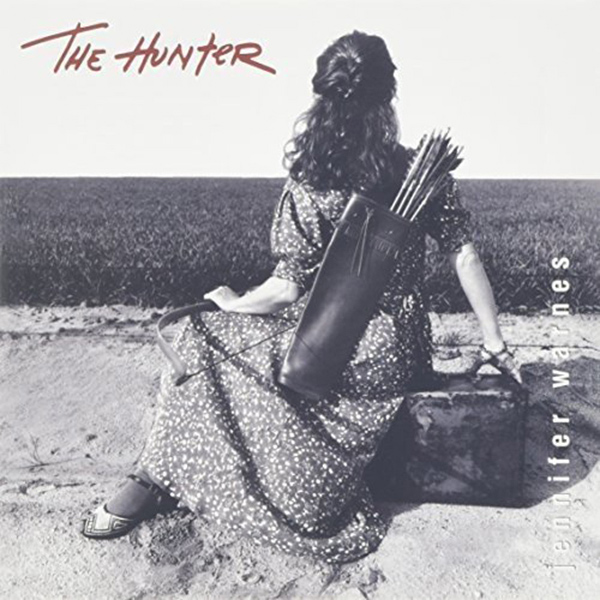
“The Hunter” by Jennifer Warnes
This album is one that I come back to again and again. Ironically, it is the ONLY Jennifer Warnes album that I’ve ever liked. The other works by Jennifer just seem to be on a different frequency that my ears and heart aren’t tuned to. My favorite cuts on this disc are “Somewhere, Somebody, Way Down Deep, The Hunter, and Lights of Louisanne.”

Bomba Estereo’s “Amanecer” – Specifically “Soy Yo”, CD
From Bogetá, Columbia, Bomba Estereo can be startlingly fun! The “Soy Yo” track will test the bass of your speakers AND the layout of your listening room. If your acoustic space is not identical and symmetrical, right-to-left, the out-of-phase drums in this cut will fail to appear on both sides. If your listening room is symmetrical, well-damped, and your speakers are properly situated, the side drums should appear nearly behind you.

“Encores” by Itzhak Perlman, EMI, CD
My faves here are “Perpetuum Mobile” and “Scherzo Tarantelle, Op. 16.” This is a well-recorded set for piano and violin, and overtones are vivid if your system can reproduce them. This is another disc that I often gift to friends who have little exposure to “classical music.” Great performances by one of the world’s best violinists. What fun!


